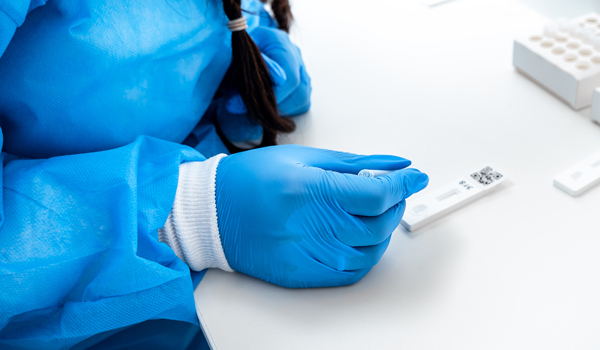Study reveals first Irish picture of the socioeconomic impact of the pandemic

Rural dwellers in Ireland and those living in public housing were among the hardest hit by the COVID-19 pandemic, with residents in those areas across Ireland experiencing higher rates of hospitalisations, a University College Cork (UCC) and Technological University Dublin (TU Dublin) study finds.
The study published in Nature Scientific Reports examined the age, gender, regional socio-economic status and urban/rural classification of symptomatic COVID-19 patients in Ireland through to hospitalisation, intensive care and death. Close to 50,000 cases of Covid-19 in Ireland's first two waves of the pandemic were analysed, with the study creating the first socio-economic picture of who and where in Ireland were the most impacted during the pandemic.
The urban, rural impact of the pandemic
The pioneering analysis shows that from a socio-geographic/economic perspective, patients living in categorically rural areas and in regions characterised by higher rates of local authority (i.e., publicly-supported) housing were also at increased risk of hospitalisation. While residents in categorically rural areas were associated with a higher likelihood of hospitalisation, the opposite was true for admission to ICU, whereby urban dwellers were approximately 1.5 times more likely to require critical care.
Urban living may be indicative of multiple individuals or interacting factors, including higher levels of deprivation, higher viral exposures (i.e., close contacts) due to increased household and/or local population density or compounded respiratory illnesses due to lower air quality in urban areas, the study noted.
Males most likely to be hospitalised, admitted to ICU, or die
The research showed how both men and women in Ireland were impacted by COVID-19, with men approximately 1.5 times more likely to be hospitalised, admitted to ICU, or die, than women.
The analysis highlighted that a review of the sex- and gender-related differences associated with COVID-19 outcomes in Europe pro- poses numerous potential reasons for this relationship, including gender-specific lifestyle, health behaviours, psychological stress, and socio-economic conditions, in addition to several sex-specific biological mechanisms modulating the course of the disease, including hormone-regulated gene expression, innate and adaptive immune responses, and immune-ageing.
The study outlined how there is a strong evidence base to suggest that upon infection with SARS-CoV-2, females may be better equipped to initially respond, and reduce viral invasion and pathogenicity compared to males.
Robust evidence base for the development of increasingly targeted public-health recommendations
The study was funded by Science Foundation Ireland (SFI), and the researchers highlight how the findings will help provide robust evidence for the development of increasingly targeted public-health recommendations.
"Monitoring the clinical outcomes of patients diagnosed with COVID-19 is vital to understand the epidemiological and healthcare burden of SARSCoV-2, to help prioritise high-risk cases in the short term, and perhaps more importantly, provide a robust evidence-based for future public health emergency planning", states Dr Jean Dwyer, environmental scientist in the School of Biological, Earth and Environmental Sciences at University College Cork who is Co-Principal Investigator of the study along with Dr Paul Hynds (TU Dublin).
